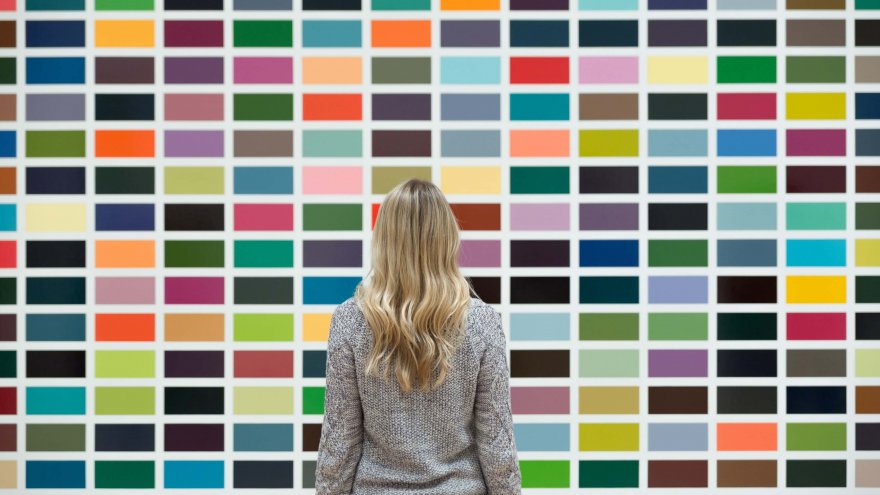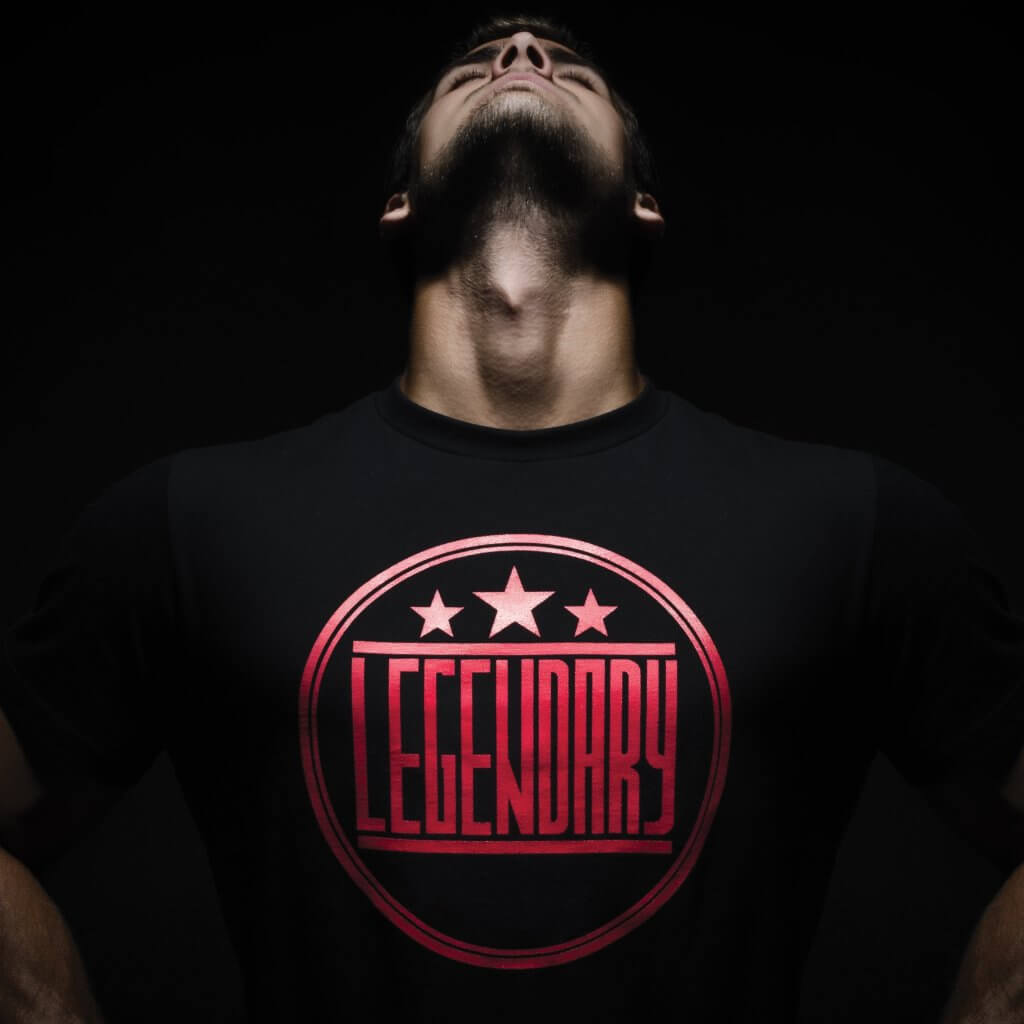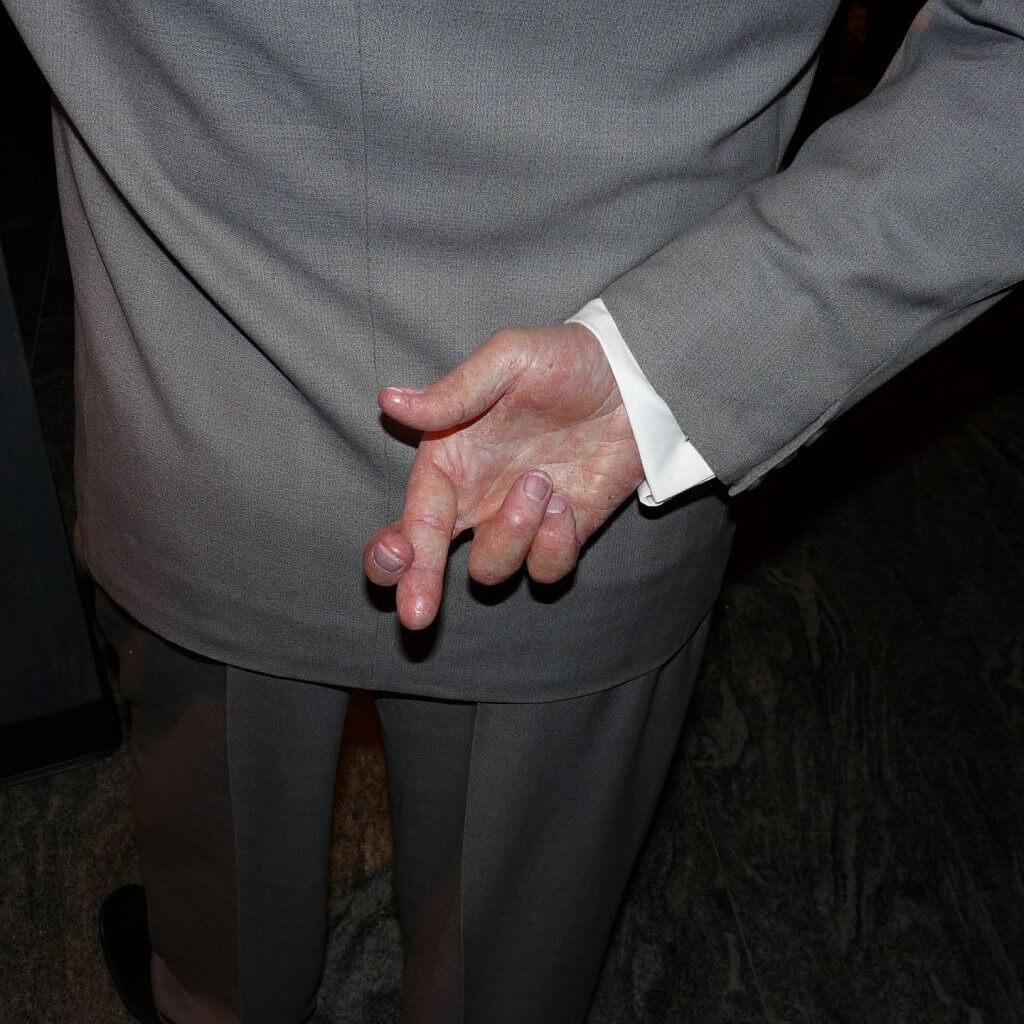The Fascinating Science Behind Performance and Colors

We all have that one favorite race-day outfit. A brightly colored shirt that makes us feel super fast. Paired with a trusty old pair of black tights that fit so well, we forget we’re even wearing them. A go-to ensemble that makes us feel primed and ready for action. And while there’s no denying the mental boost we get from wearing that “lucky” outfit, one question remains. Is there more to it? Do certain colors make us perform better, or is it all in our heads? Let’s find out.

Science and superstition
First of all, let’s just see what science has to say about superstition. Can wearing a favorite race-day outfit really boost your performance? A study published in Psychological Science in 2010 certainly suggests that it can. This study investigated the psychological mechanisms underlying superstition and found that performance benefits achieved through so-called superstitious actions (like crossing your fingers) are brought on by changes in perceived self-efficacy. In other words, if we go back to our favorite race-day outfit, the action of putting it on boosts our confidence in our own ability to master the task at hand, i.e. the upcoming race. Which, in turn, may lead to improved performance.

So does color play no role in sports performance?
So is that all it is? A boost of confidence in our own abilities that is triggered by putting on that favorite race outfit? Does color have no (scientifically-backed) impact on running or sporting performance? The answer might surprise you.
The impact of the color red on performance
While research findings on the matter are generally rather non-conclusive and even contradicting, some studies do conclude that the color red, specifically, enhances performance in “a variety of competitive contexts”. And while the latter study focused on English football specifically, its findings could be very exciting if relevant to running as well.

Another, non-sporting related study that focused on students’ reaction to the color red when displayed on a computer monitor, confirmed that seeing the color red may make us react both quicker and with more force. Wow. This reaction is believed to be motivated by subconscious cues to better prepare us for danger. The boost is, sadly, short-lived and it does come with a down-side. Since our pre-programmed reaction to the color red is associated with danger, seeing it may also lead to worry, distraction and self-preoccupation. Drat. But, be that as it may, researchers concluded that one likely application of the findings is that athletes that competed against other athletes that were wearing red were more likely to lose. So get that red running shirt ready!
The impact of the color black on performance
And what about other colors? Has research been conducted on the impact of any other colors on sporting performance? Well, a rather dated 1988 study investigated the impact of wearing a black uniform on the behavior of athletes. The study concluded that black does tend to make athletes act more aggressively – an emotion that is generally associated with better sporting performance.
The impact of darker colors in general on performance
More recently, in 2011, researchers at the University of North Carolina at Asheville confirmed our initial suspicion, namely that athletes relate to the colors of athletic gear on an emotional level. They furthermore found that darker colors are generally more closely associated with emotions relating to the ideal state of performance. Which basically means that darker colors tend to put you in the right mood to kick butt. Yes!

Take note, though, that most of the above-mentioned studies focused on team sports. None of them specifically focused on athletes participating in individual endurance sports, like running. Ph.D. thesis on the impacts of color on distance running performance, anyone?
Xempo
But, despite this lack of running-specific research on the impacts of color on performance, European running gear manufacturer Xempo has taken the (perceived?) connection between running performance and color to a whole new, very interesting level. Much like colored belts depicting skill level in martial arts, Xempo has developed a similar color-coded system for running.
It works like this: Any runner qualifies to purchase white running gear from the Xempo site. But, in order to purchase any other colored gear, runners have to clock specified race times over 5K, 10K, 13.1 miles or 26.2 miles. For example: In order to qualify for purchasing (and showing off!) a blue running shirt, female runners have to clock a half-marathon time of 01:40 or below. This half-marathon time is printed on each blue Xempo running shirt, which allows runners to show off their running capability with pride. (Note that individual race times are submitted with each purchase request, and that these are confirmed by the Xempo team before orders are processed and dispatched.)
A golden Xempo shirt is the highest level that a runner can reach. This shirt can only be earned by clocking a sub-15:30 5K, sub-32:00 10K, sub-01:10 half-marathon or sub-02:30 marathon. There’s almost no doubt that wearing one will make you feel even more confident in your running abilities, right?!
The takeaway
While the potential connection between color and running performance is pretty exciting, it’s obvious that no degree of color-coding or outfit-selection can replace the value of consistent, clever training when it comes to race-day performance. But, who knows. Wearing your red running shirt may just give you the confidence boost that you need to clock that new PB. So train hard, be consistent and believe that you can do it. You might just surprise yourself!
Sources:
Keep Your Fingers Crossed! How Superstition Improves Performance
Lysann Damisch, Barbara Stoberock, Thomas Mussweiler, 28 May 2010
Red shirt colour is associated with long-term team success in English football
Attrill MJ,, Gresty KA, Hill RA, Barton RA, J Sports Sci, 26 April 2008
Will Wearing Red Make Me Faster?
Erin Beresini, Outside Magazine, 31 Oct 2012
Keep your cool: Seeing red makes us faster and stronger, claim scientists
Fiona Macrae, Daily Mail, 3 Jun 2011
The Color Red Makes You Stronger, But More Distractable
Adam Clarks Estes, The Atlantic, 2 Jun 2011
Latest Articles
 Is Running on a Treadmill Easier Than Running Outside?Runners have their own preferences, whether it is treadmill running, running outside on the road, or exploring trails. So...
Is Running on a Treadmill Easier Than Running Outside?Runners have their own preferences, whether it is treadmill running, running outside on the road, or exploring trails. So... Is It OK to Use Trail Running Shoes on the Road?While trail running shoes can be used on roads, especially in situations where a runner encounters mixed terrains or pref...
Is It OK to Use Trail Running Shoes on the Road?While trail running shoes can be used on roads, especially in situations where a runner encounters mixed terrains or pref... How to Fix Sore Quads After Running?Rest, ice, gentle stretching, and over-the-counter pain relievers can help soothe sore quads after running. Also, ensure ...
How to Fix Sore Quads After Running?Rest, ice, gentle stretching, and over-the-counter pain relievers can help soothe sore quads after running. Also, ensure ... 10 Fruits With The Most Electrolytes to Replace Sports DrinksThese fruits are high in electrolytes such as potassium, magnesium, and calcium, essential for hydration, muscle function...
10 Fruits With The Most Electrolytes to Replace Sports DrinksThese fruits are high in electrolytes such as potassium, magnesium, and calcium, essential for hydration, muscle function...

